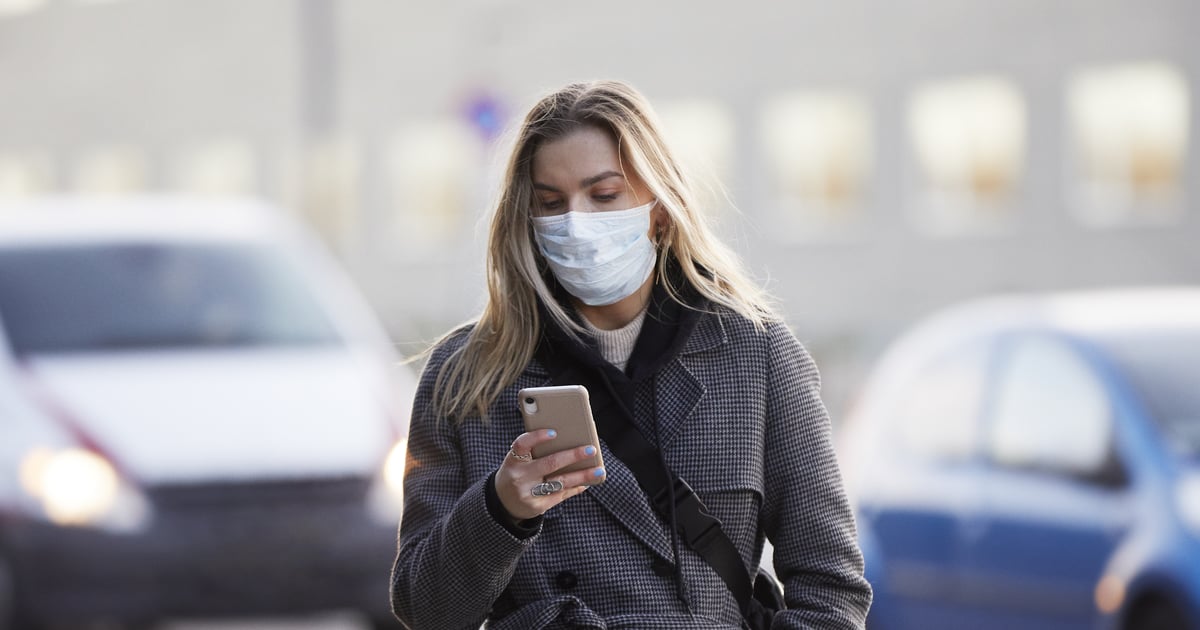
In 2021, the US experienced a “twindemic” as a fall COVID-19 surge overlapped with flu season. This year, experts are worried about the possibility of something even more concerning: a “tridemic” or “tripledemic” created by simultaneous surges of COVID, the flu, and respiratory syncytial virus (RSV), a respiratory virus causing cold symptoms that can become severe in young children and immunocompromised people. The flu is always common this time of year, and fall COVID-19 spikes are becoming common, but the nationwide surge in RSV may have caught some of us by surprise.
According to The New York Times, some children’s hospitals in Connecticut, Washington DC, and the South are already at capacity due to the RSV surge. Flu rates are also higher than usual for this time of year, according to the CDC, and the NYT reports that rates of improvement for COVID-19 cases and hospitalizations have slowed. It’s all beginning to point in a worrisome direction.
“COVID cases, flu cases, and RSV cases are all starting to tick up,” confirms Dean Winslow, MD, an infectious-disease doctor at Stanford — but why is it happening now, and what can we do to protect ourselves if a tridemic is coming? Here’s what we know so far about the possibility of a tridemic this fall and winter.
Will We See a Tridemic in Fall 2022?
Dr. Winslow says a tridemic of COVID-19, the flu, and RSV is possible this fall and winter, and it’s actually not a major surprise to the medical community. “Wintertime in the Northern Hemisphere is when we see a larger rate of respiratory infections,” he tells POPSUGAR. “You’re indoors more, and with viruses that are spread by small-particle aerosols and droplets, you’re more likely to be exposed in an indoor environment.” Relaxed travel restrictions, decreased mask wearing, and low rates of vaccination for the flu and COVID-19 (particularly the bivalent booster) are also playing a role in the increased spread of these illnesses, he adds. RSV, in particular, is very common — nearly all children get an RSV infection by their second birthday, according to the CDC — but may be surging right now as young, pandemic-born children go into restriction-free areas and are exposed for the first time, experts told CNN.
It’s worth noting that you’re unlikely to contract more than one of these viruses at the same time, Dr. Winslow says, because your body’s immune response from fighting off one of them should provide some “very short-term” protection from the others. That’s at least some good news, because coming down with just one of these viruses is taxing enough. RSV can lead to more severe conditions like bronchiolitis, an infection of the small airways in the lung, which is especially dangerous for small and premature infants. Immunocompromised adults are also at greater risk of experiencing RSV complications and more serious cases of COVID-19 and the flu. And from a broader perspective, the overlapping surges of COVID, the flu, and RSV have the potential to overwhelm healthcare services that are already under strain.
How to Protect Yourself During a Tridemic
Getting vaccinated against COVID-19 (including boosters) and the flu is the number one way to stay safe during a potential tridemic this fall, Dr. Winslow says. With the holiday season (aka lots of travel, parties, and indoor time) just around the corner, it’s important to make your vaccine appointments ASAP. “Now’s the time to get the two vaccines that are available that will help protect against serious illness and hospitalization and death,” Dr. Winslow says. (There is no RSV vaccine currently available, although one is in development.)
It’s also a good idea to dine and socialize outdoors when possible, Dr. Winslow says, and to mask up in crowded indoor environments. “A lot of us in infectious diseases are still personally being very careful,” he says. “Those are just small, prudent steps that you can take to additionally protect yourselves and protect others.”
If you’re not feeling well, make sure to take a COVID-19 test or a flu test (available at most pharmacies) and to stay away from others to avoid further transmission. While some cases of COVID-19, RSV (especially in adults), and the flu can be managed at home, Dr. Winslow recommends going to a doctor if you’re experiencing a persistent high fever or shortness of breath, which are concerning symptoms experienced across all three illnesses. For COVID-19, other signs to see a doctor include persistent pain or pressure in your chest, confusion, inability to wake up or stay awake, and discolored (bluish) skin, lips, or nail beds, according to the CDC. For the flu, see a doctor if you’re experiencing faintness, a severe sore throat, or a cough with lots of green or yellow mucus, according to UCSF. For RSV, the Mayo Clinic notes that warning signs to go to the doctor include bluish and discolored skin, lips, or nail beds in addition to high fever and difficulty breathing.
